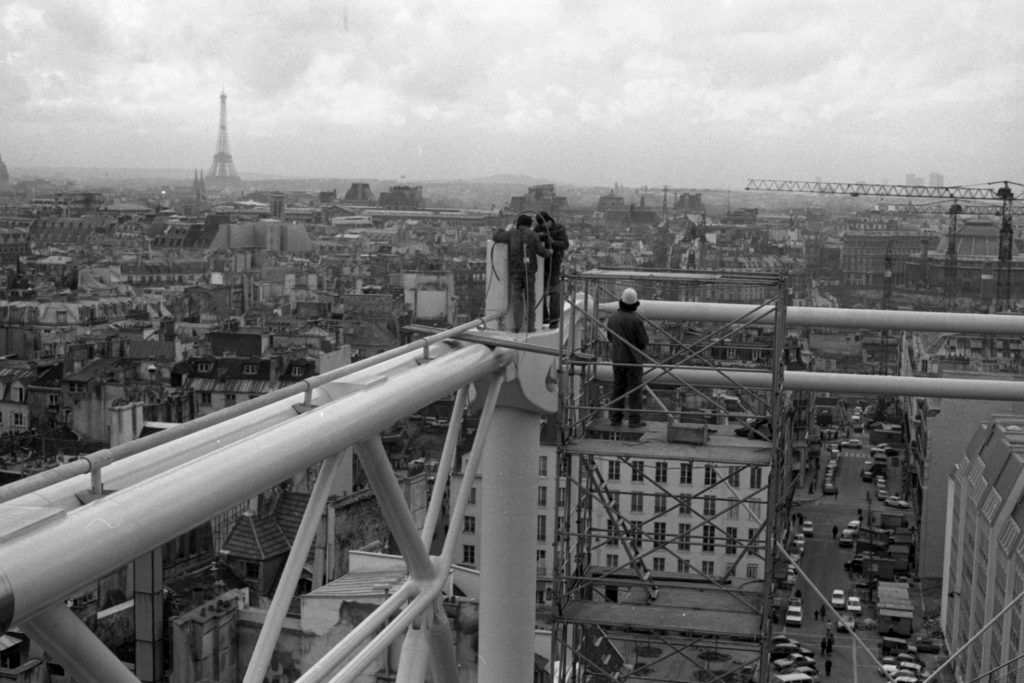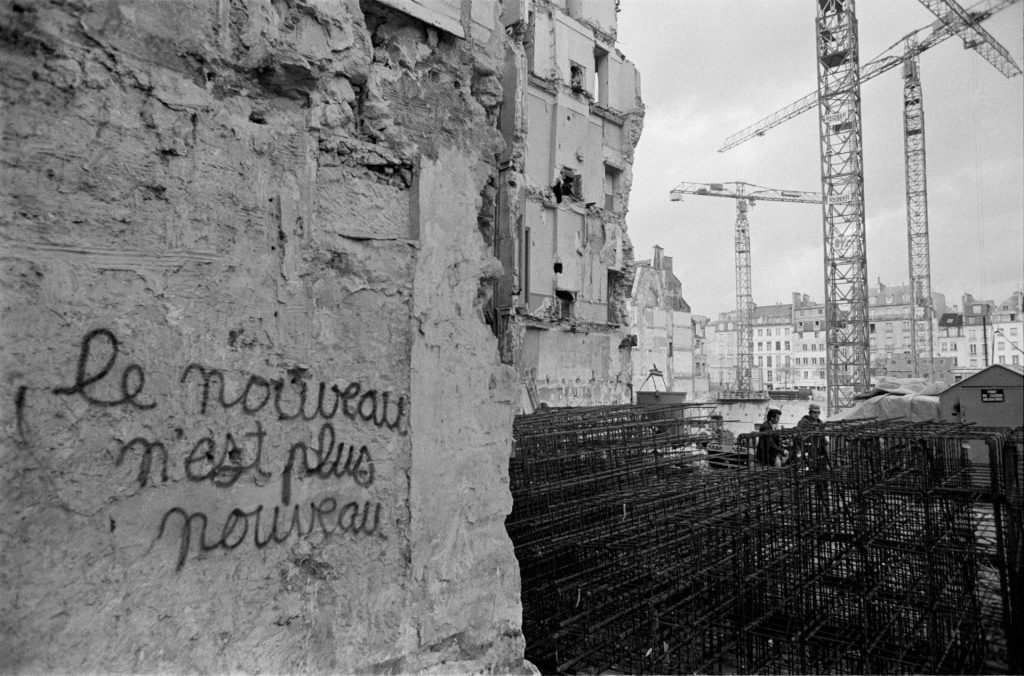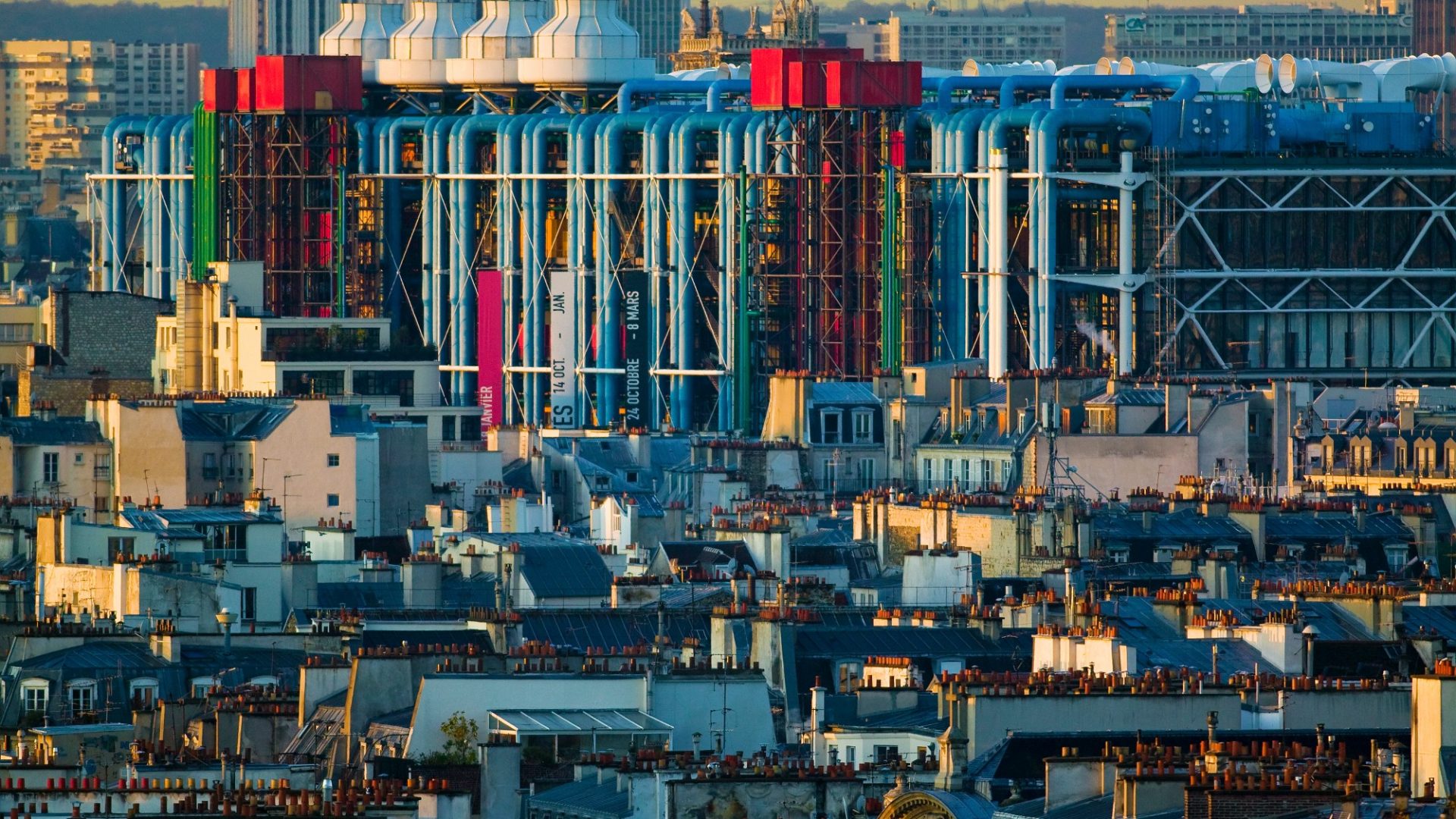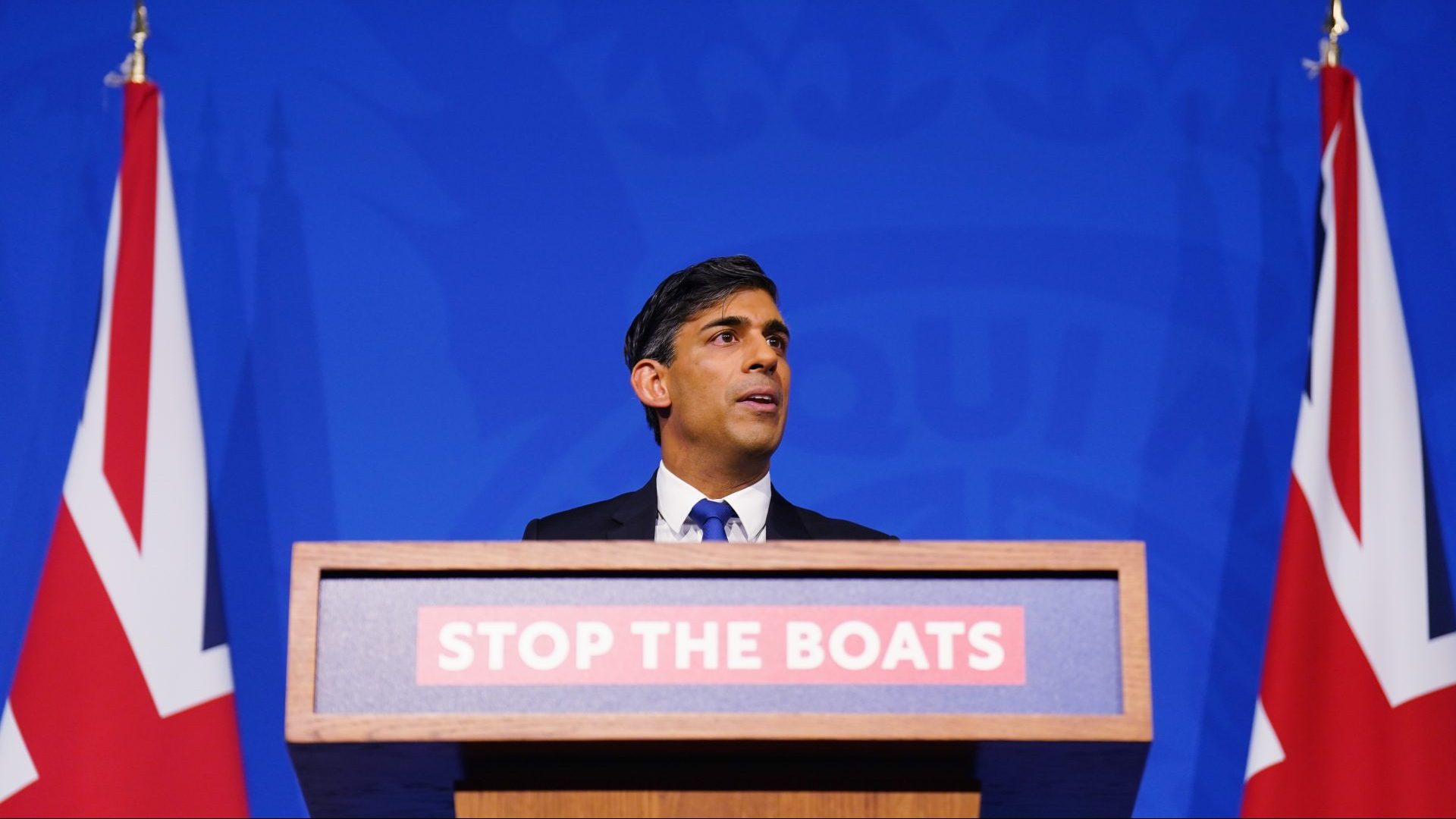On the night Georges Pompidou died, photographers jostled outside his apartment on the Ile Saint-Louis. Though his health had been the subject of rumours for over a year, the country was in shock: the official line had been that there was nothing seriously wrong. The atmosphere, therefore, was frenzied.
The lights in the residence blazed on as France’s president lay still inside, the victim of a rare form of blood cancer. He had been in office for less than five years.
The New York Times’s reporter overheard a plainclothes policeman urging the restless press, “Gentlemen, be decent, be correct. There is nothing to see here. Please stop.” One of the cameramen replied: “It is our job.”
Georges Pompidou’s job had been to succeed Charles de Gaulle, but it was more than that. A man who was part of the past – under de Gaulle, he had become the Fifth Republic’s longest-serving prime minister – had to serve as a bridge to the future.
He had already distinguished himself by negotiating the end of the generation-defining civil unrest that swept France in May 1968. Pompidou was no liberal, but his pragmatic, centrist approach contrasted with the uncompromising conservatism of his predecessor, and he smoothed the way for the United Kingdom’s accession to the EC in January 1973, while carrying on with a programme of modernising the postwar country and its capital.
It was Pompidou who gave the green light to the Montparnasse Tower, the giant skyscraper that remains the city of light’s tallest building. He ordered the demolition of the glass and cast iron market buildings of Les Halles, beautiful but in disrepair. And in the historic Le Marais, he approved the construction of a modern art museum, to be called the Centre Beaubourg. When it was opened as the Pompidou Centre on January 31, 1977, the president shocked France once again.
Dubbed a “Monster” by Le Figaro when it opened, the vast and still astonishing edifice squatting over the ancient Plateau Beaubourg guarantees that Pompidou’s name remains a byword for the radical reimagining of the arts not just as an ingredient in the lives of French citizens, but as a driver of social and urban regeneration.


The Beaubourg district, next to Les Halles and the Marais in the 4th arrondissement, was still recovering from the ravages of May 1968 when construction on what became the Centre Pompidou began three years later. Its wildly unorthodox design, which presents its escalators, pipes and other inner workings to the outside world, signalled a conspicuous break with the traditional “cathedrals of culture”, evoking the spirit of 68 by rejecting the elitism of the French cultural establishment in favour of a new egalitarianism.
With several institutions all under one roof – the Musée National d’Art Moderne, the Bibliothèque Publique d’Information, and Ircam, the centre for research in contemporary classical music founded by composer and conductor Pierre Boulez – this was to be a place where artists and the general public, adults and children, could find inspiration, edification and entertainment. As one of its architects, Renzo Piano, put it: the Pompidou is “not a building, but a town where you find everything – lunch, great art, a library, great music”.
Though it has become known as the “Bilbao effect” after Frank Gehry’s Guggenheim outpost in the former industrial heart of the Spanish Basque country, it’s the Centre Pompidou that has provided the blueprint for the revival of flagging urban environments, from Tate Modern in London’s post-industrial wastelands, to Turner Contemporary in Margate on the chronically depressed Kent coast, to Istanbul Modern in the city’s redundant dockyards.
Despite mounting evidence that such projects do very little to promote social justice, tending instead to drive gentrification, the promise of top-down economic and cultural enrichment remains as seductive as ever.
Certainly, as the Centre Pompidou approaches its 50th anniversary in 2027 – a milestone that it will mark not with celebrations and events, but with a five-year closure to tackle its massive asbestos problem, improve accessibility and green credentials – it shows no signs of losing its vigour. Landmark exhibitions such as the Brancusi retrospective – now open – continually reassert its claim as the original and best.


Original it certainly was: when it opened, the poet Francis Ponge rhapsodised that it was: “not so much a monument, more, to invent a word, a moviment”. In contrast, the Guardian’s art critic recommended the strategic cultivation of a Virginia creeper. Elsewhere, it “wore its ‘guts’ on its sleeve”; it was a “snarl of brightly painted pipes”; its “oil-refinery-like construction provokes shock and disbelief”.
Pompidou died before he could see the finished building, but he would have recognised the outrage that greeted it, which had barely dissipated since its launch six years earlier.
Richard Rogers and Renzo Piano were young and unknown when their design for a “Live Centre of Information”, created with Su Rogers, Gianfranco Franchini and Ove Arup, was selected as the winner from 681 international entries.
It is, said Rogers, a building that insisted that “culture should be fun”. “After decades of museums being dusty, boring and inaccessible,” reflected Piano, “someone had to run away, to do something different, have a sense of participation. Someone had to express that rebellion. Putting this spaceship in the middle of Paris was a bit mad but an honest gesture. It was brave but also a bit impolite, for sure.”
To sceptics, the Centre Pompidou’s radicalism was little more than astute manoeuvring from an incontrovertibly right wing politician keen to appease the left. In fact, Rogers and Piano came close to withholding their entry, Rogers recalling that: “I didn’t like the idea that the client was a president. It scared me. Of course, I nurtured a distrust of power.”
As to whether it is a success, the jury has been out since the beginning. Statistically, the answer is a clear yes, with over six million visitors in its first year and attendance figures consistently exceeding expectations.
“The carpets have worn out beneath their feet,” marvelled the Times on February 1, 1978: “3,000 reference books have been thumbed to pieces; 1,700 long-playing records have been ground down by the crowds. Every day 46 French and foreign newspapers are reduced to shreds in the library. There is always a queue for everything and guards have to be employed every Tuesday, the only day it closes, to keep people out.”
As early as 1977 there were those who questioned how much it really diverged from the traditional model, still less provided an inspirational environment for new art. Artists, it was felt, saw it as a “fortress into which living art must force its way rather than be accepted”.
Today the Centre Pompidou has ossified into a state institution, and as Emmanuel Macron’s France leans ever further towards Anglo-Saxon corporate models that equate value with profitability, the impending five-year closure has triggered strikes by staff concerned about job security, linked to a lingering uncertainty as to the nature of the institution that will reopen in 2030.
When it does, perhaps it will be welcomed back, this time not as a monster but as a treasured friend and a bridge to a more radical, ambitious past.




